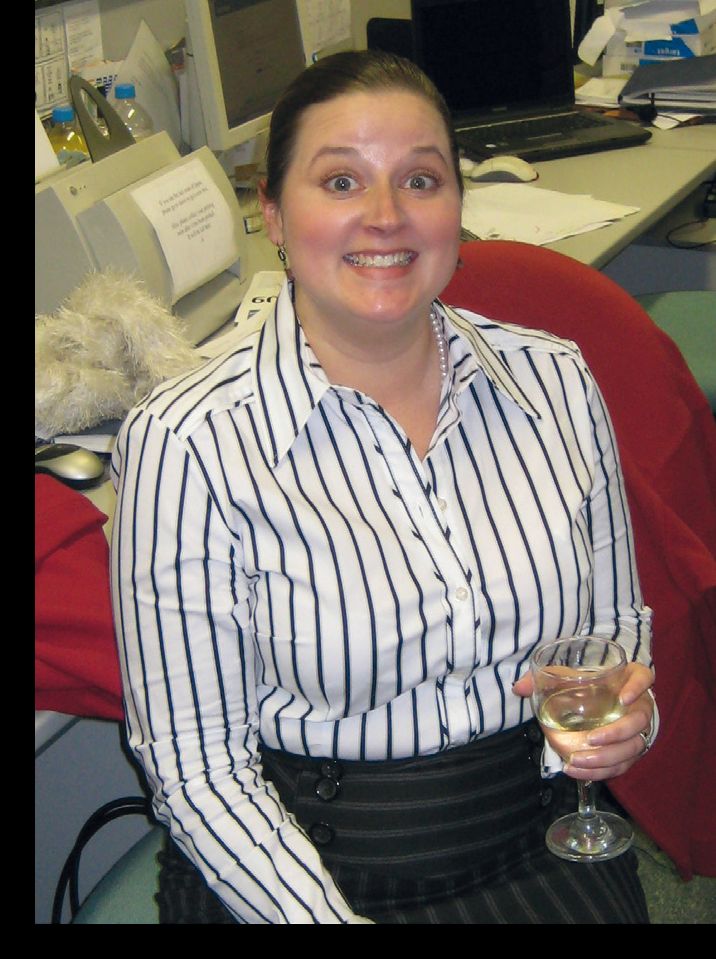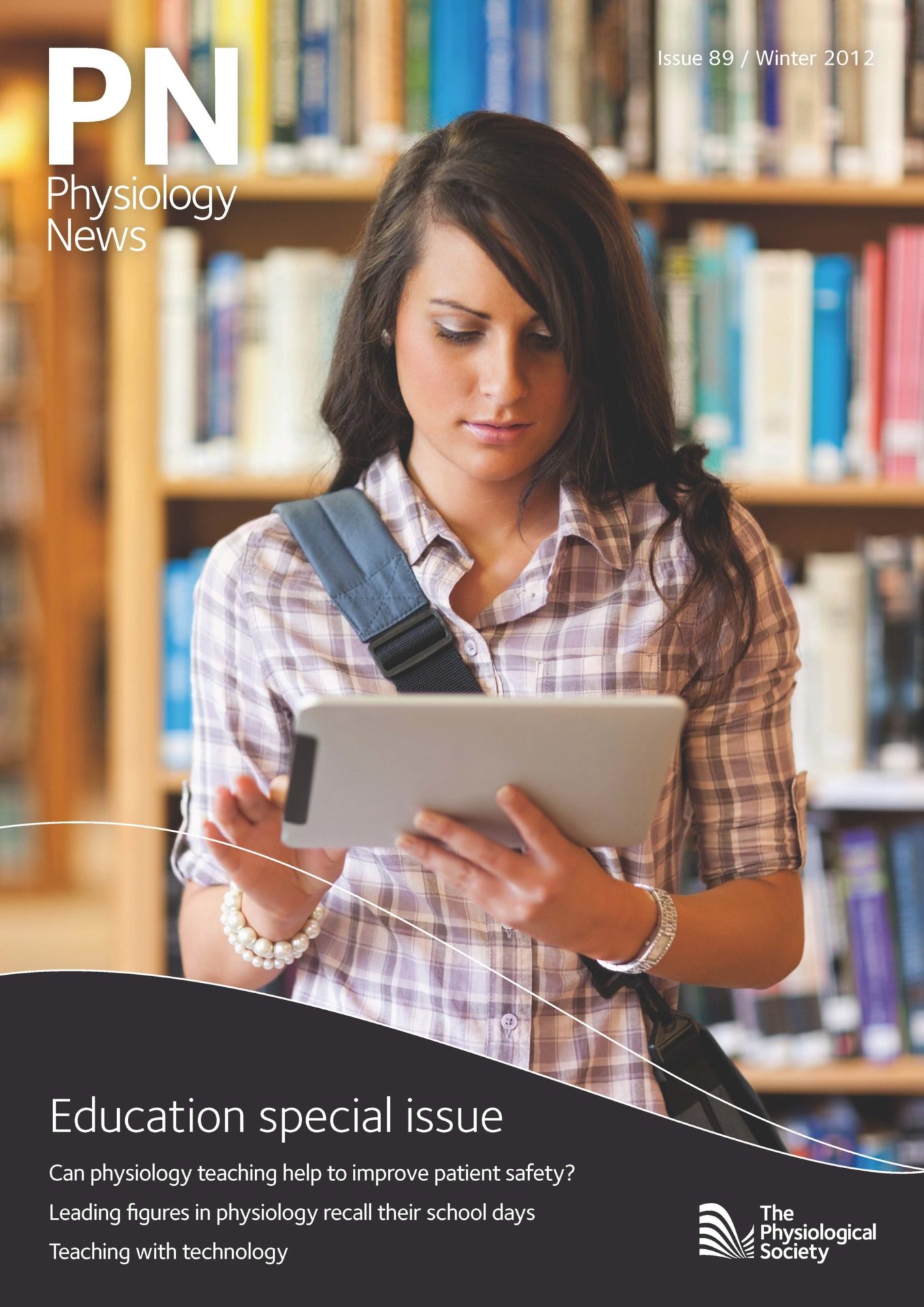
Physiology News Magazine
Member profile: Brenda Finney
Membership
Member profile: Brenda Finney
Membership
Affiliate Member, Brenda Finney, Research Fellow at the University of Birmingham, on finding her way in physiology
https://doi.org/10.36866/pn.89.42

When I graduated from my Ohio high school in 1995, I had an almost endless list of goals. I was going to be a writer, a veterinarian, an actress, a doctor, a traveller, a – you get the picture.
Well I’m in a different country, writing about my work and, as it turns out, I am a doctor! So the way I figure it, that’s three out of five from my list. But my best title is a scientist, and it is one thing that it never occurred to my 18-year-old self that I could become. My path to physiological research has not been straightforward. I have had forays into accounting, veterinary nursing and even worked for my local fire department for a time.
I found the beginning of my path at the University of Cincinnati. Due to my experience with animals, Nancy Ratner hired me as a research assistant to oversee the maintenance of her mouse colony. What neither one of us anticipated, I think, was my interest in the science that was going on around me, of which ‘my’ mice were an integral part. Due to the encouragement I received in this lab, I began thinking about postgraduate study, choosing a Masters in Research at the University of Manchester. I chose this programme because I wasn’t sure if I was ready to undertake the rigors of a doctoral thesis. But, by the end, I knew I could tackle the challenge and began looking for PhD projects.
At this point I hit a bit of a snag. Being from the US and wanting to do a PhD in the UK limited my prospects. But I found sympathetic supervisors in Paul Kemp and Daniela Riccardi who were setting up their lab at Cardiff University. It was in this lab that I really got a taste for physiology. It was also at this point that I joined The Physiological Society. I joined on the recommendation of Paul Kemp, who spoke very highly of the benefits of being a Member. One of the benefits I enjoyed straight away was the funding for new researchers to attend their first conference – even if they are not presenting. The whole lab went to Glasgow, and, because of The PhySoc, I was able to get my first conference experience as well as provide moral support for my friends who were speaking there!
I went to that first conference as a spectator because my project was evolving, as many projects do, into something completely different from what we had anticipated. I started working on ion channels, but soon moved over to the physiology of the developing lung. My work became focused on the role of the calcium-sensing receptor in the process of branching morphogenesis and I was even invited to write a synopsis of my work here in Physiology News. I was also accepted to present a poster at IUPS 2009 in Kyoto, Japan. Again it was thanks to the travel funds available from The PhySoc, and from the IUPS itself, that I was able to attend.
The vagaries of funding being as they are, I was unable to follow-up my PhD studies with a postdoctoral position continuing my work on the calcium receptor and the developing lung. So I set about trying to parley my skills in lungs, mice and dissection into a new avenue. I was able to transfer these skills to a new project with the Birmingham Platelet Group and Steve Watson, where I have been based since 2010. And it is partly due to The PhySoc that I am in Birmingham today. Remember I said they helped me get to IUPS? Well, the poster next to mine was from the University of Birmingham. Not from the Platelet Group, but another lab just down the hall. But if I hadn’t chatted with them about their work, and about Birmingham as a place to do research, who knows where I would have ended up!
When I joined the platelet group they had been working to breed a knockout from a recently acquired mouse line, but several litters had been produced without any viable knockouts. I knew that there had to be a developmental explanation. When I outlined my plan for looking at different developmental stages to determine when the loss of the knockout embryos was occurring, Steve seemed a bit dubious, but I persevered and he gave me the go-ahead. What I found was a phenotype which developed throughout pregnancy in several systems and ultimately resulted in knockout pups not living much past birth. As I was working through this phenotype, our lab was able to produce a non-lethal variant of the knockout and I have now moved into analysing in vivo platelet function in these mice. I use an injury model which requires some fairly intricate surgery before you even get the vessels under the microscope, but it is magnificent to see physiology happening before my eyes.
So now I have completed almost three years of a four-and-a-half year post and it is time to start thinking about where I am going next. Do I stay where I am? Or do I write a fellowship? Or look for an advertised post? How does my career work now that I am a mum and I am geographically limited as to where I can look for posts? I am approaching a difficult time for a postdoc, I think, one where there is a great deal of uncertainty about where my career is ultimately going to go. But I suppose I could always chuck it all in and pursue the old goal of being an actress.
Thanks to The PhySoc I have been put in contact with a mentor who gives me good and impartial advice, and I’m sure she’ll be of great help, although I’m pretty sure she’ll tell me to give the acting a miss.

